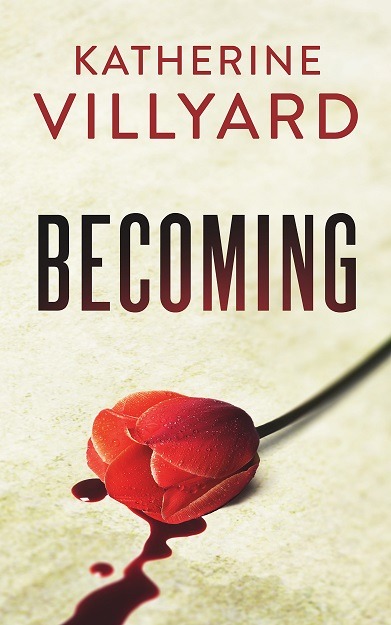Disclaimer: Any writing process that results in finished writing that you’re proud of is a valid process! It’s also normal that you’ll have to experiment with different processes to see what fits.
So, when I was at Dragoncon this year, there was a discussion where I was not a panelist, so it wouldn’t have been appropriate for me to interrupt, but I so wanted to answer. So I’ll do it here!
Audience Question: How do you do a twist ending?
Panelist: You outline it very, very, very thoroughly and sometimes even then it doesn’t work!
Me: You be a pantser and attempt to outline.
I tried SO HARD to be a plotter. I outlined! I did the Snowflake method in Excel, usually. At some point in the writing, I would no longer believe that my characters would do the thing I expected them to do at the end and I would have to think hard about what they would actually do instead.
I mean. I’m sure there are die-hard plotters out there who are saying that just means my outlines all suck, 😉 which might be valid! But also it means that I’m the sort of writer that needs to see something on paper and reread it a few times to figure out what’s going on, and that I’m not afraid of dashing off on a tangent if I think the tangent is a better story. A die-hard plotter would redo their outline, but no, I wing it. If I get stuck, I think about story structure and what, structurally, would need to go there and use that as a writing prompt.
At the end of my novel, I got stuck and just wrote down Save the Cat beats and used those as writing prompts. I did put notes about what I expected to happen. I used none of those notes. Then for my other POV characters, I similarly wrote in Save the Cat beats with notes of what I expected to happen, and similarly used none of those notes. That said, while puttering around the house, driving the car, etc., I would get weird random insights into my characters and write those in.
In short, I am a slob and a mystic, and you should probably not emulate my process. 😉
That said: one common misconception about pantsers is that we all come in overlong and have to cut 2/3 of our novel. My first draft was 52,000 words. My second draft was 102,000 words. I tend to draft lean, though. My zero drafts almost feel like stage plays, with dialog and rough blocking, but those get fleshed out immediately.
Actually… with my art degree I did a lot of gesture drawing, so… my process feels a lot like this:


